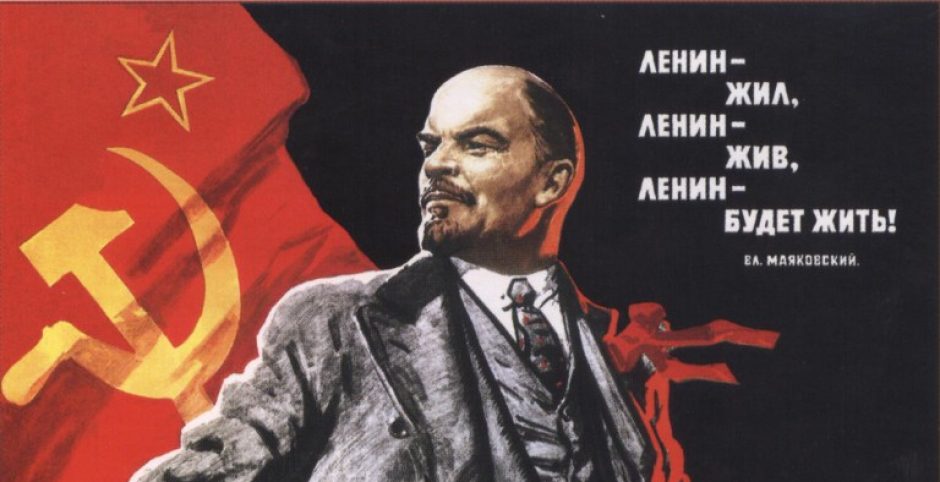At the end of Ch.2 in The Revolution of Peter the Great, Cracraft claims that “it was the navy, one way or another, that brought Peter, and then Russia, into Europe and the modern world.” (Pg. 53). Do you think that this claim is supported by the content of the chapter? Consider pg. 34 where it is stated that “Annual recruiting levies were introduced to keep the army up to its prescribed strength, and new taxes to pay for it were instituted, the latter culminating in Russia’s first universal capitation or “soul” tax, which was collected annually from 1724. At the same time, supporting industries were built up especially in metals, armaments, and textiles, and undertaking that resulted in Russian economic self-sufficiency for military purposes. And the related administrative apparatus was drastically streamlined.” (pg. 34). Throughout the text it seems that it was not just the navy that was pushing Russia towards Europe and modernization. Are we to understand this statement of the navy’s importance as a sort of general impetus or drive for modernization, one extremely personal to Peter? Should the developments of the navy and the military be considered separately when looking at their modernizing effects?
-
Recent Posts
Recent Comments
- isgray on Pussy Riot and the Western gaze
- gisherzfe on Russian Cynicism and a Basket Case Mentality
- isgray on Shared Histories and Populism
- gisherzfe on National trauma and the cult of personality
- wolfsje on National trauma and the cult of personality
Archives
Categories
Meta

I, too, initially struggled with the concluding statement in chapter 2 (“it was the navy, one way or another, that brought Peter, and then Russia, into Europe and the modern world,”) particularly considering that Carcraft introduces Peter’s war with Charles XII as the origin story for Peter’s initial interest re: revolutionizing and modernizing Russia (32).
However, I now think that the Russian navy emerges, perhaps, as a more enduring symbol of Peter’s revolution. While obviously Peter is revolutionizing Russia on a multivariate scale, including military and political reform alongside the progress of the navy, the navy is what remains, hundreds of years later, as a sustained symbol of Russia’s rebirth as a “Great Power” (52) for Russians — whether imperial, Soviet, or contemporary. I think it would be fruitful to think about why this may be — and to think about the navy (and Petrine reform in general) in the larger context of enduring historical narratives. Why was a little 17th century boat politically and culturally relevant for Catherine the Great, for the Soviet leadership during WWII, for Russian expats in New York, across these varying eras and contexts?